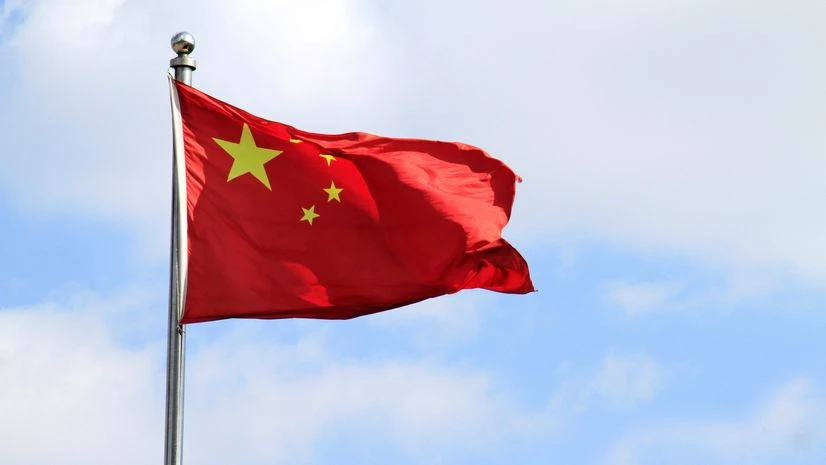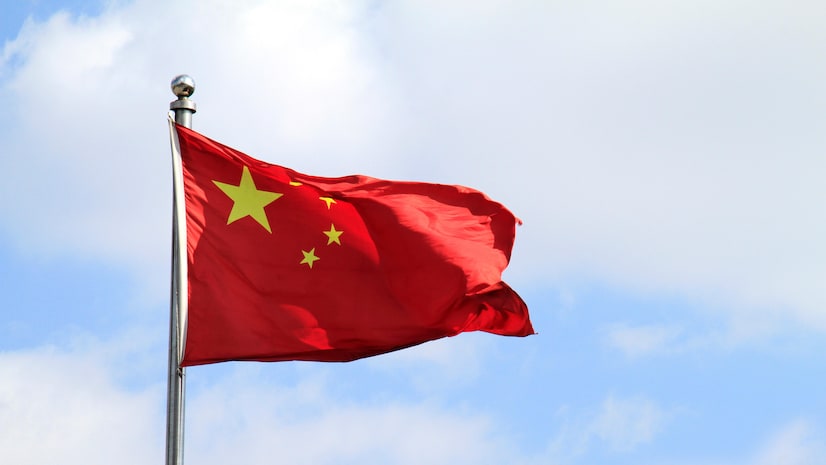)
China’s stimulus plans to fill client pockets to satisfy its 2024 progress goal. (Picture: Shutterstock)
China’s stimulus plans to fill client pockets to satisfy its 2024 progress goal breaks away from a decades-old coverage playbook, however making family demand a sustainable driver of improvement as an alternative of funding is a protracted path paved with powerful selections.
Reuters reported final week that Beijing plans to challenge sovereign bonds price about 2 trillion yuan ($284 billion) this 12 months, partially to subsidize client items purchases and little one help, successfully transferring funds to households.
Click on right here to attach with us on WhatsApp
That marks a shift towards stimulating consumption that many economists have referred to as on Beijing to pursue for greater than a decade, warning that China could in any other case grind towards a protracted interval of low progress as seen in Japan within the Nineties.
“It is monumental – a landmark occasion that the coverage mindset has reversed,” mentioned Tianchen Xu, an economist on the Economist Intelligence Unit.
The strain lies in a progress mannequin from the Nineteen Eighties that many economists say has relied too closely on funding in property, infrastructure and trade on the expense of shoppers.
Economists say this mannequin has created overcapacity in infrastructure and manufacturing and led to a staggering and unsustainable debt surge for the reason that international monetary disaster as funding returns dwindled.
Whereas this 12 months’s consumer-focused efforts are more likely to be sufficient to convey China’s 2024 progress again to about 5 per cent after below-forecast information up to now a number of months solid doubts over that concentrate on, they hardly change the long-term outlook.
China’s family spending is lower than 40 p.c of annual financial output, some 20 share factors beneath the worldwide common. Funding, by comparability, is 20 factors above.
Closing that hole can not occur in a single day. It took Japan 17 years to boost the consumption share of its financial output by 10 share factors from its backside in 1991, says Michael Pettis, senior fellow at Carnegie China.
The newest fiscal effort “is not actually a part of an actual structural rebalancing”, Pettis mentioned.
“Rebalancing would require a shift within the financial mannequin that can reverse a long time of specific and implicit transfers during which households have backed funding and manufacturing.”
structural points
The present socioeconomic coverage structure is constructed to prop up funding, not consumption.
For many years, households have been squeezed by low deposit charges, weak labor rights and farmer land rights contributing to low incomes, and a frail social security web.
The tax system incentivizes excessive funding and low wages.
China taxes capital positive aspects at 20 per cent, decrease than the 30 per cent in India and 37 per cent in america. China’s higher private earnings tax band is among the many world’s steepest, at 45 p.c.
Companies, particularly in strategic industries, get frequent tax exemptions and different incentives from each central and native governments. Supporting strategic sectors, or what Beijing calls “new productive forces” akin to electrical automobiles, inexperienced power or robotics, are a part of efforts of technological development that China sees as very important for nationwide safety.
Re-imagining the coverage playbook to empower shoppers would require a significant coordinated effort from authorities over a few years, analysts say.
To not point out the dangers.
“The ‘right’ approach to rebalance the economic system towards consumption can be to cease subsidizing manufacturing corporations with the cash of households,” says Juan Orts, China economist at Fathom Consulting.
“What that might lead to is a shrinking dimension of the manufacturing sector, resulting in a pointy drop in funding and subsequently a recession,” added Orts.
Orts, nonetheless, predicts that China is extra more likely to go for a protracted interval of rebalancing, resulting in “Japanification”.
To fund this 12 months’s last-ditch fiscal efforts, Beijing is predicted to challenge extra debt, reasonably than alter the mechanisms of earnings distribution between enterprise, authorities and households.
“The central authorities can in all probability fund fiscal transfers for a number of years extra,” Carnegie China’s Pettis mentioned.
“But when Beijing would not remodel the expansion mannequin, the imbalances will proceed to construct, during which case China dangers going through the identical drawback sooner or later because it does now, solely with out a clear central-government steadiness sheet to assist it handle potential. disruptions.”
(Solely the headline and movie of this report could have been reworked by the Enterprise Normal employees; the remainder of the content material is auto-generated from a syndicated feed.)
First Printed: Sep 30 2024 | 12:27 pm ist
Thanks for taking the time to learn this text! I hope you discovered the knowledge insightful and useful. In the event you loved such a content material, please contemplate subscribing to our e-newsletter or becoming a member of our group. We’d like to have you ever! Be happy to share this text together with your family and friends, who may additionally discover it attention-grabbing.

Rishabh Singh is the Editor-in-Chief and CEO of Latestnews24.com. He has also completed his graduation in BSC Aviation and has 2+ years of experience in blogging and digital marketing. Have worked with many businesses and blogs, He is also interested in Entertainments/movies/web stories and new foods recipes news, Actually this is his favorite subject. So he is always ready for discussion and written about this topic.
